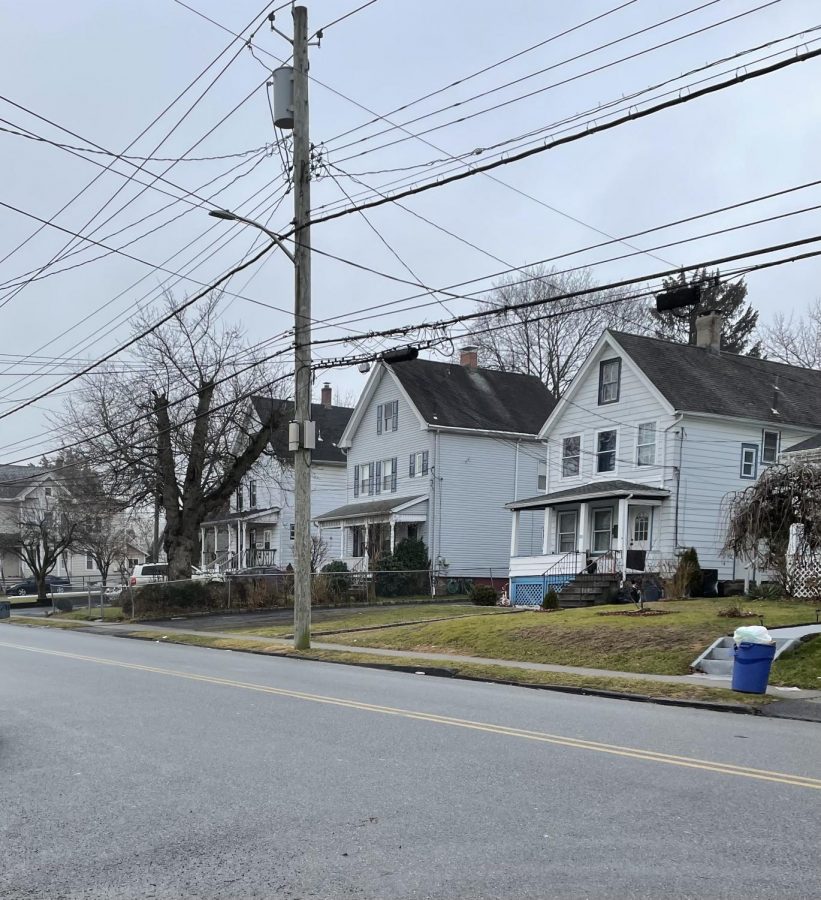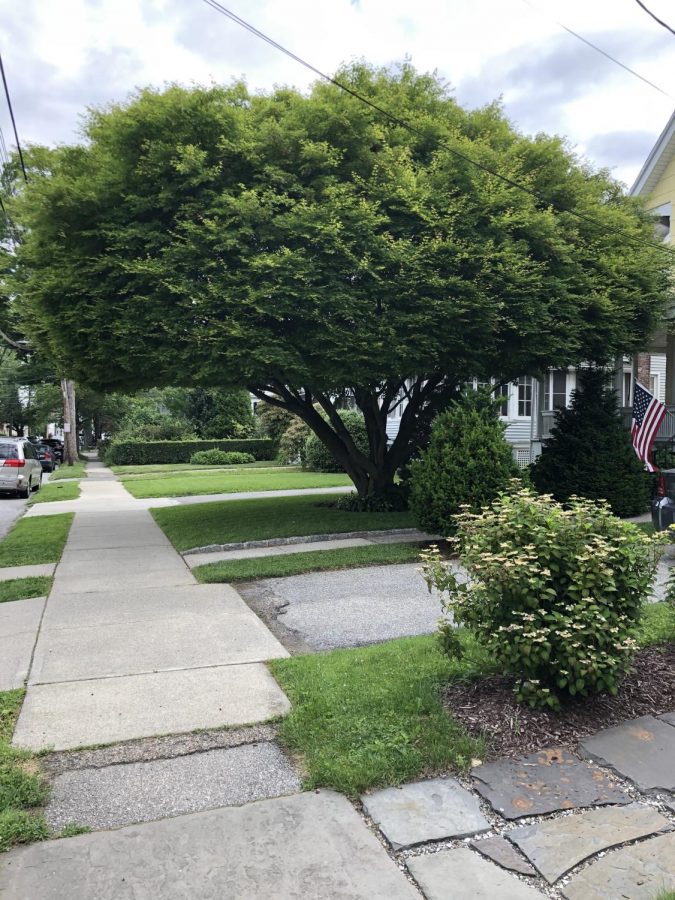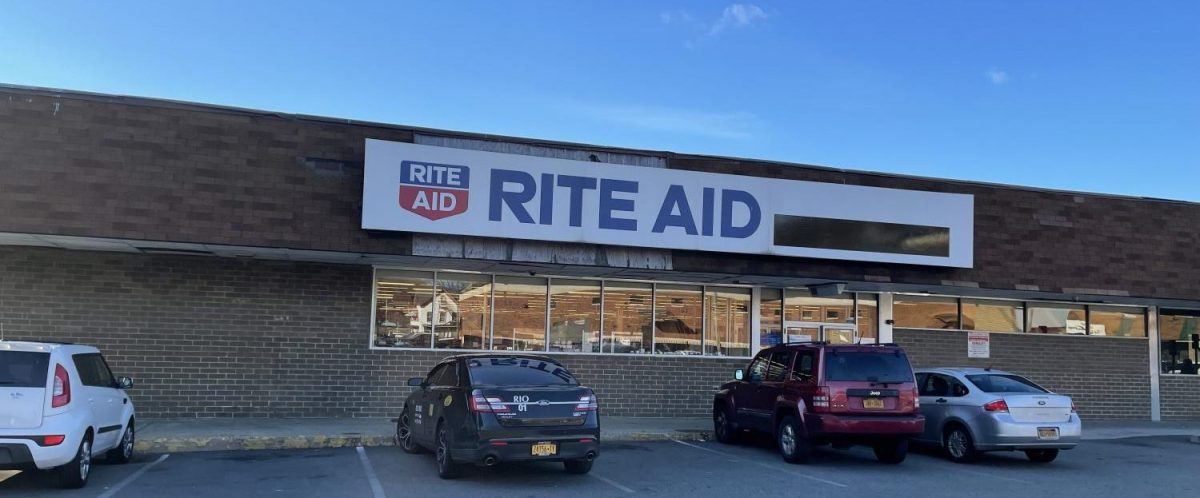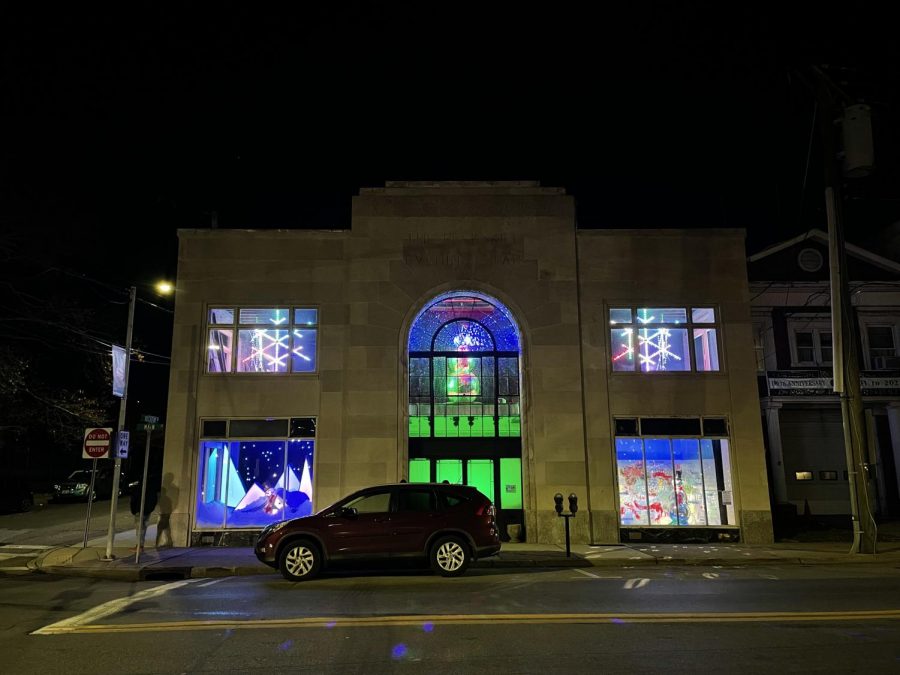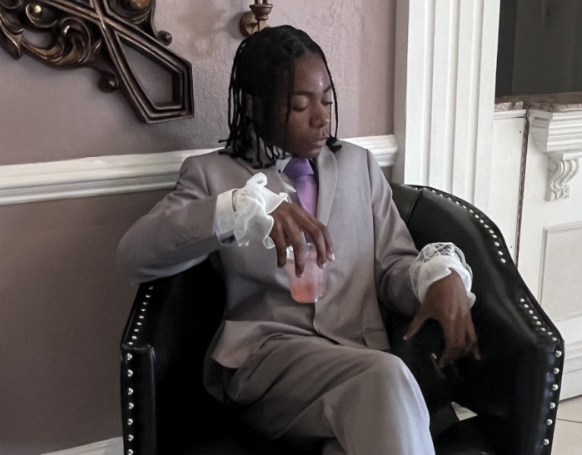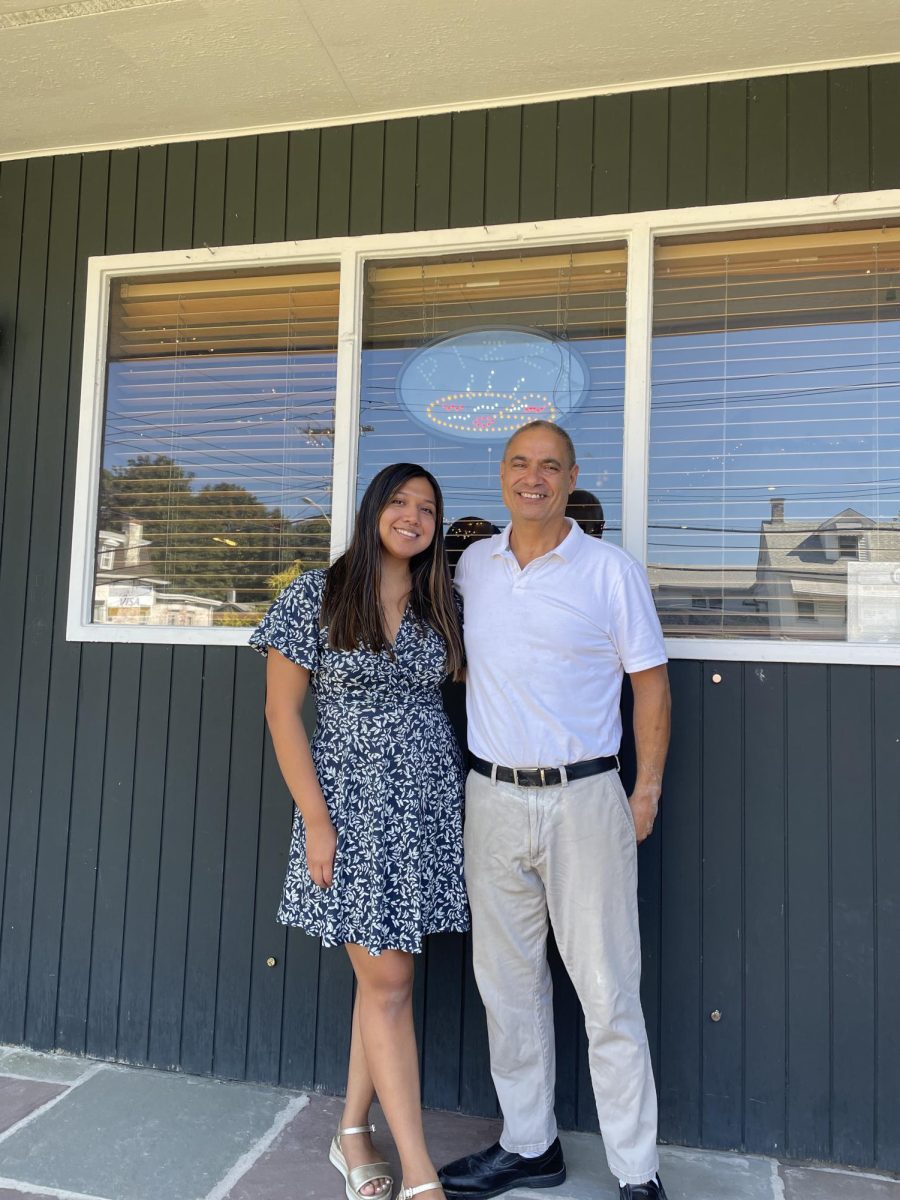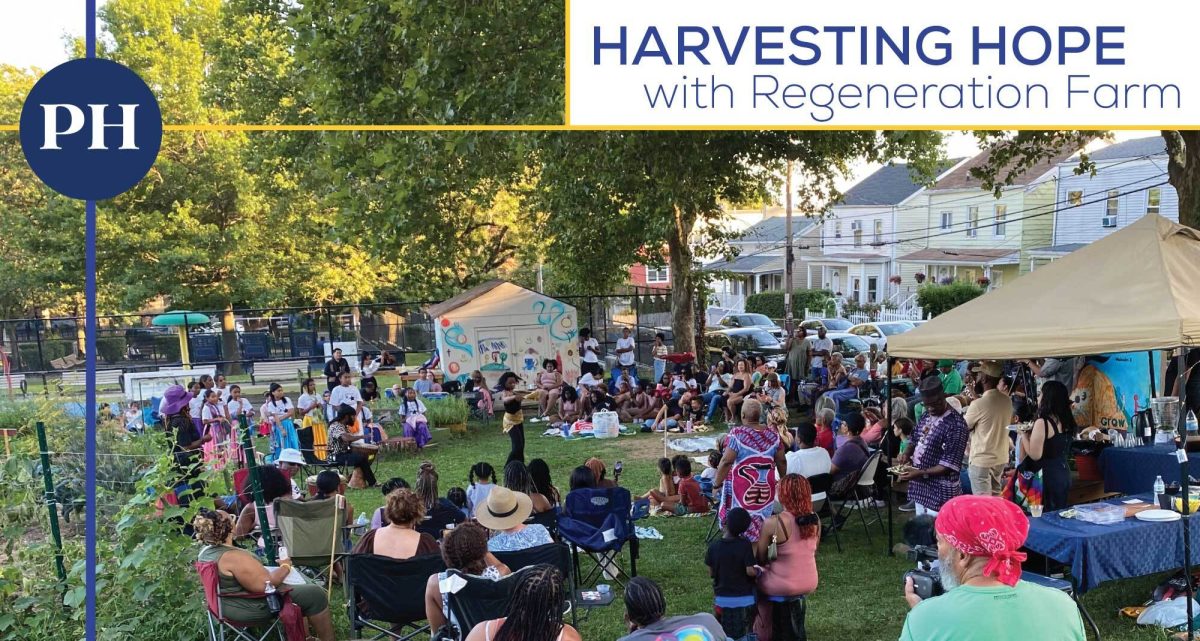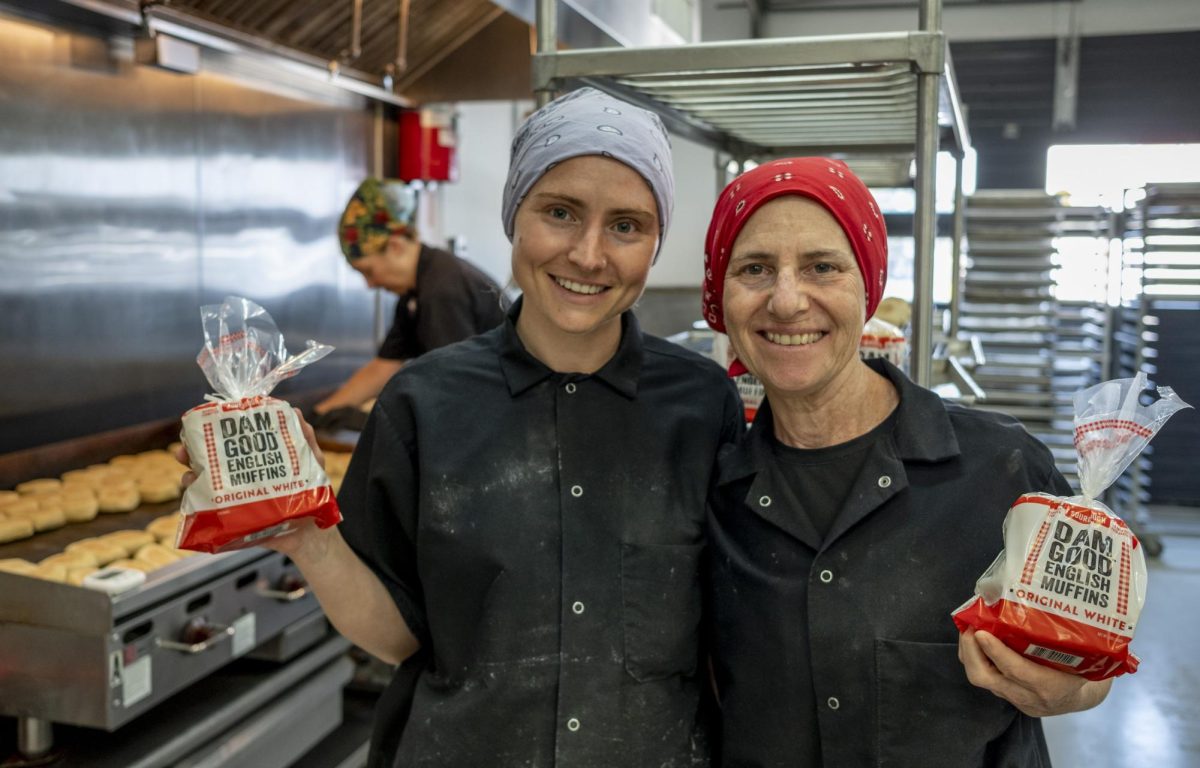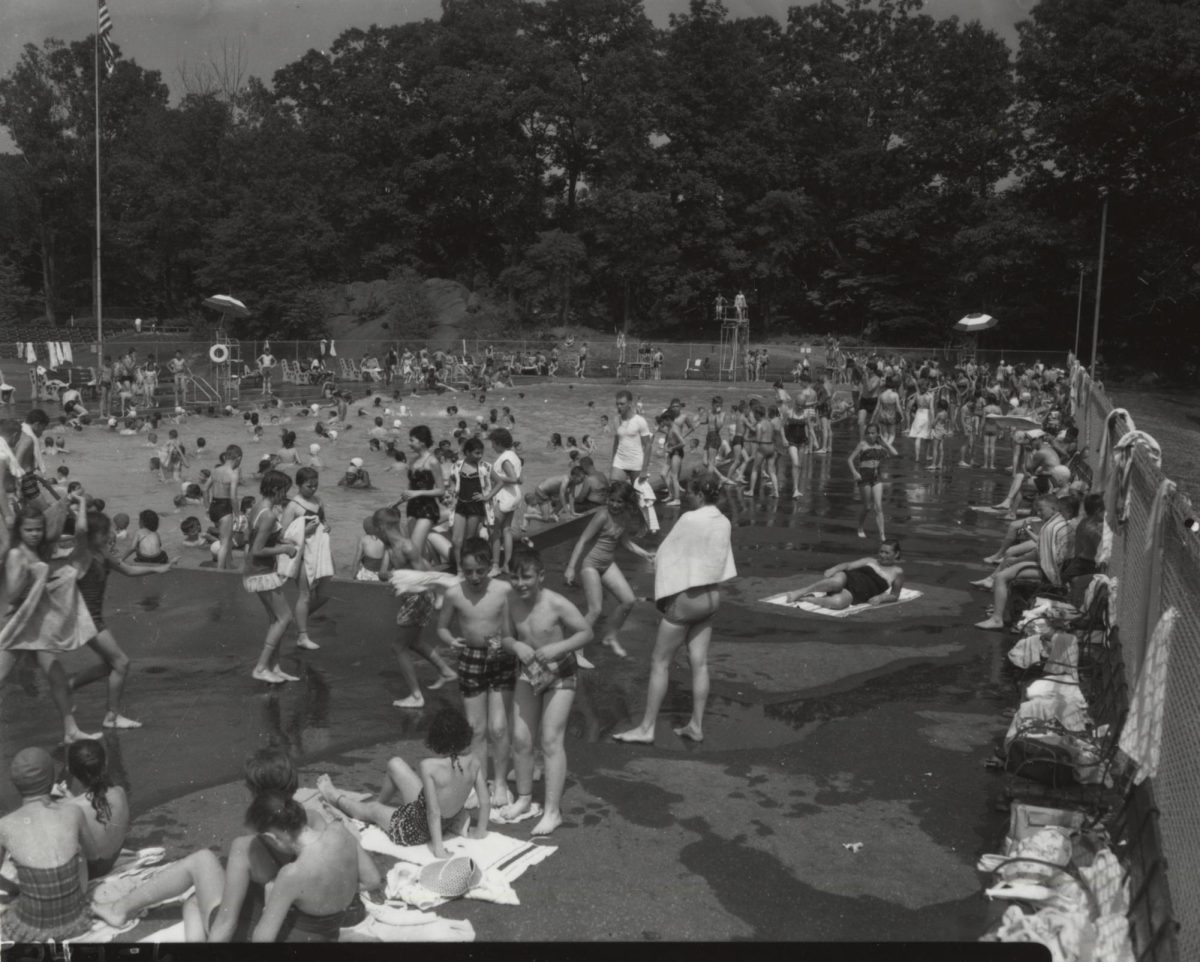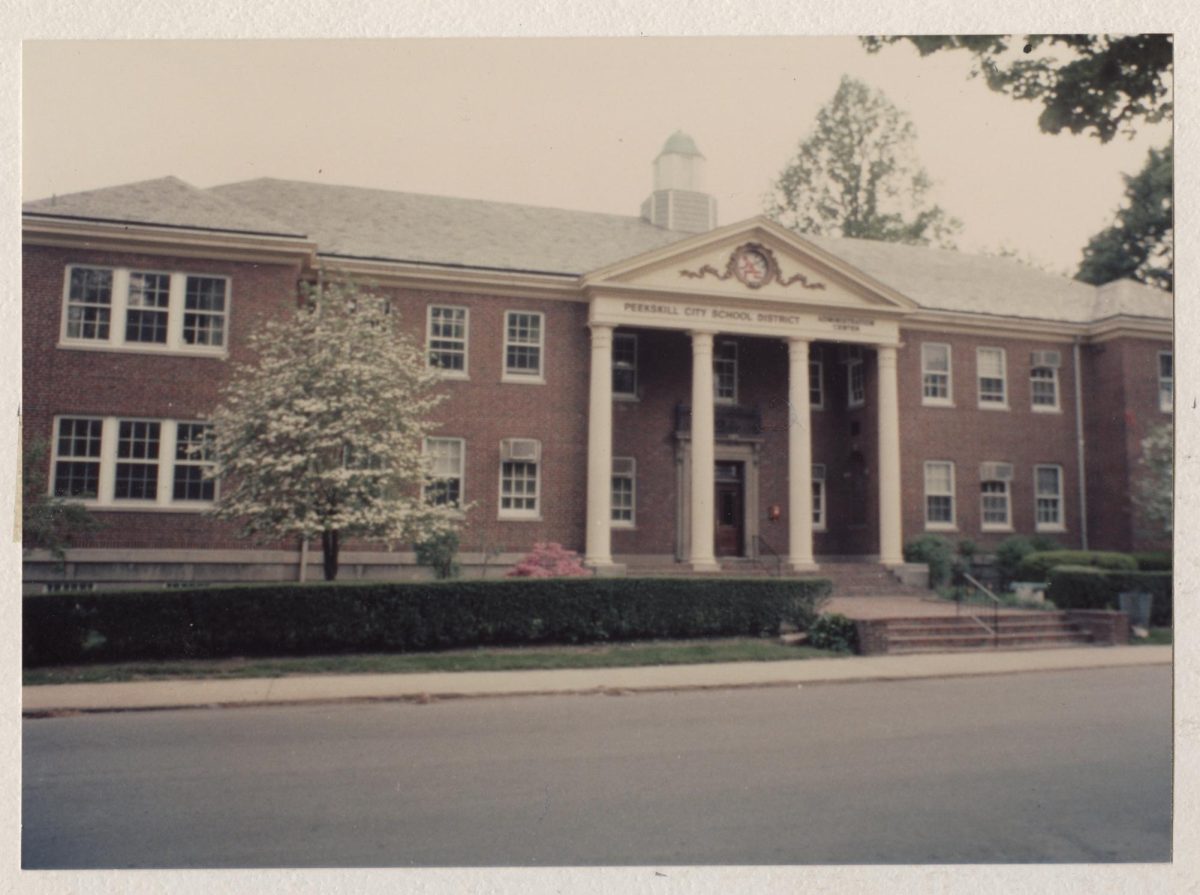Reaching the august age of 75 is a milestone in any life, not less so in the life of an organization.
This year, the Peekskill Museum, housing a treasure trove of historical documents and artifacts, photos and portraits, from the 1600s up to the present day, marks its 75th year of operation as a museum. Its mission is “the preservation and display of the community’s historical legacy.”
Dedicated on June 15, 1946 as the Memorial Museum of the Field Library, the Museum occupies the Herrick House, an almost 150-year-old structure which boasts a museum-quality pedigree.
Then, as now, it pays to have connections: Dwight Stiles Herrick of Peekskill had been a classmate of William Rutherford Mead at Amherst (Class of 1867). Yes, that Mead —one of the founders of the powerhouse architectural firm McKim, Mead and White, among whose world-famous commissions were the original magnificent Pennsylvania Station in New York City and the main campus of Columbia University (as well as one of the first iterations of Madison Square Garden, when it was still on Madison Avenue).
As a favor to his college friend, Mr. Mead designed one of the very few residential buildings of his distinguished career.
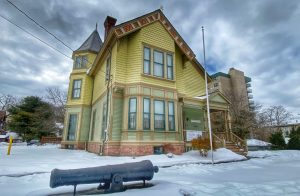
Built circa 1873-78, the Herrick House sheltered assorted Herricks for the next half century.
By the early 1940s, however, the house was owned by a non-Herrick, Mrs. Ida M. Adams, who owed a handy sum in back taxes. The future seemed grim: plans were afoot for the property to be forfeited, with the house bulldozed and turned into — you guessed it — a parking lot.
This prospect was too much for Chester A. Smith, Peekskill resident and all-around good citizen. In addition to starting The Friendly Town Association in 1923, Mr. Smith, a great proponent of education and public parks, was instrumental in moving the Field Library to larger quarters. He served as President of its Board of Trustees for many years — for which he is honored by the Library with its annual Chester A. Smith award, given to a recipient who exemplifies the same community spirit, philanthropy and dedication to Peekskill. As president of The Lincoln Society in Peekskill in 1925-26 he raisied funds and established the Lincoln Exedra on South Street, commemorating President-elect Abraham Lincoln’s whistle-stop in Peekskill in 1861, enroute to his inauguration in Washington DC.
Mr. Smith came to the rescue of the Herrick House, with the Friendly Town Association paying the back taxes and assisting in the sale of a portion of the surrounding property. In return, Mrs. Adams deeded the house to the Friendly Town Association in 1944, giving it a second lease on life as it transformed into a museum.
For the next 75 years, the Museum, with its iconic 1,100-pound cannon mounted on the front lawn, has showcased the area’s history. The canon is a reminder of Peekskill’s crucial role in the victory of the American colonies in the War of Independence. There’s a copy of Ryck’s Patent, an agreement between Dutch settlers and the Kitchawank Native Americans signed April 21,1685, as well as mementos of the Civil War, Underground Railroad, the Industrial Age, right on up to the present day (a photo of the recently installed sculpture of Harriet Tubman in downtown Peekskill).
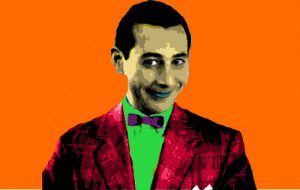
Adorning the walls and halls are portraits and personal effects of statesmen Chauncey Depew, William Nelson, Cornelius Pugsley and George Pataki; abolitionist preacher Henry Ward Beecher; author L. Frank Baum; actors Stanley Tucci, Mel Gibson and Paul Reubens (aka Pee Wee Herman);and athletes Joe Namath and Elton Brand — all of whom boast Peekskill connections.
And who says a museum can’t have its fun side? Witness the fanciful Giant Ball of String, begun by Jay Decatur in 1911 which, 40 years hence, had ballooned into a 230-pound behemoth, and the 124-year-old cookie, baked in 1897 by Mrs. Susan Beale, wife of a local dentist.
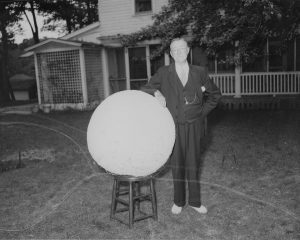
Initially associated with the Field Library, which is funded by the City of Peekskill, the Museum has been an independent 501(c)(3) organization for quite some time and is dependent on contributions and membership fees for its maintenance and operations.
The Board of Trustees of the Museum recently launched the 75th Anniversary Fund Drive for Herrick House Maintenance, with a goal of raising $20,000, all monies earmarked for repainting of the exterior.
Anyone who has lived in an older house can attest that a 19th-century structure such as the Herrick House requires pretty constant vigilance. As Trustee Frank Goderre notes, “After 100 years, everything starts to go.”
About a decade ago, all the windows were replaced and a new slate roof installed. Now it’s time for an overall refresh with a new coat of paint.
The building has changed hue over the years. Originally multicolored, in accord with the fashion of the day, the exterior was painted all white for a spell during its middle years but was eventually restored to its multicolor heritage with the current color scheme — pale green on the first level, yellow on the upper levels — replicating the look of the original 1870s house.
To help raise funds for the repaint, a generous anonymous benefactor has offered to match all monies donated up to $10,000.
If you, too, would like to be a benefactor in preserving this architectural gem, please send your check (fully tax deductible) — made out to Peekskill Museum/“Building” — to Peekskill Museum, P.O. Box 84, Peekskill, NY 10566.
You can also support the Museum by becoming a member: $25 per year for an individual, $35 for a family, with special rates for seniors, students and businesses.
Check the website here for more detail. A bonus for members is being able to attend the members-only Tea Party in June and Holiday Party in December.
Not simply a repository of history, the Museum presents a number of programs and events throughout the year, and this jubilee year — with COVID-19 restrictions in place — is no exception. A few upcoming highlights …
- February is Black History Month. Look for daily postings on the Museum’s Facebook page on the historical role and contributions of this area’s African-American community.

July 1958 – The City of Peekskill employs their first black female, Mrs. Richard (Wilma) Jackson, mother of former mayor Richard Jackson. Mrs. Jackson was assigned to the Police Department to enforce local parking laws. This parking lot is now the site of the present James Street parking ramp. Assisting Mrs. Jackson is Mrs. Perry Mackey. - To end the month, come test your knowledge of Peekskill in the Museum’s first ever Peekskill Museum Live Trivia on Sunday, February 28 from 1 – 3 pm. Held on the premises at 124 Union Avenue — but obeying social-distancing rules — up to 20 people will engage in friendly competition for prizes; light refreshments will be available to all, win or lose. (Suggested donation of $10 per person)
- March will feature a theatrical reading of Ride to the Rescue Along the Hudson, a play by longtime Trustee John Curran, who based his work on the true story of a strong-willed Quaker woman in 1766 who took on Colonial “justice” and saved her husband from the gallows.
- And in May comes the Rededication of the Cannon. Not just a lawn ornament, this piece of artillery is believed to be the very one that fired on the British sloop HMS Vulture in September 1780, setting in motion the foiling of the treasonous plot of Benedict Arnold.
The backstory: Having recently been appointed Commander of the Hudson Valley by George Washington, Major General Arnold, for reasons only a traitor can understand, had soured on the American cause and arranged a meeting with British Major John André with the intent of surrendering West Point and control of the Hudson Valley to the British. If the British controlled the Hudson, employing the trusty “divide and conquer” strategy, New England would in effect be severed from the Middle and Southern colonies, thus paving the way for Britain’s ultimate victory in the War.
André had arrived on the HMS Vulture, docked off what is now Croton Point, and set off on land for the fateful rendezvous. However, a pair of quick-thinking local militiamen — John Peterson and Moses Sherwood — suspicious of the Vulture and its activities, sounded an alarm to the commanding officer at Fort Lafayette in Verplanck, who arranged to have a cannon fire on the Vulture.
The cannonballs flew; the Vulture pulled anchor and set sail (without André) down the Hudson; André, stranded behind American lines, attempted to disguise his British uniform in order to travel overland back to safety; three other local militiamen 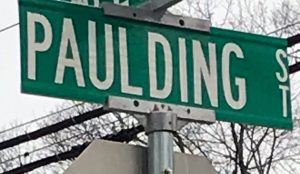 — John Paulding of Peekskill, Isaac Van Wart and David Williams — detained André and “unmasked” him; the incriminating documents of the fortifications at West Point were found in André’s boot; authorities were notified; the plot was foiled; André was hanged; the Hudson Valley remained under control of the Continental Army; and the rest, as they say, is history.
— John Paulding of Peekskill, Isaac Van Wart and David Williams — detained André and “unmasked” him; the incriminating documents of the fortifications at West Point were found in André’s boot; authorities were notified; the plot was foiled; André was hanged; the Hudson Valley remained under control of the Continental Army; and the rest, as they say, is history.
Fast forward about 150 years, to Paul Bleakley of Verplanck discovering the cannon on property owned by his family, land that had been the site of Fort Lafayette. He presented it to the new Museum, and Kay Amory Moshier, member of a prominent African-American Peekskill family and a Museum trustee in those early years, upon discovering that John Peterson was an ancestor of her husband, Charles, arranged and paid for the repair and remounting of the then almost 200-year-old munition.
Once restored to its former glory, the cannon was installed in its place of honor on the front lawn of the Museum, in a dedication ceremony held in May 1952.
The Museum plans to rededicate the cannon this May, re-enacting the 1952 ceremony with the participation of a new generation of Moshiers.
To crown the 75th Anniversary year, an official celebration — a soirée on the lawn — is in the works for September.
Being situated in the Hudson Valley, Peekskill is certainly blessed with geographic beauty — the sweep of riverfront, the spectacular sunsets — but that’s not all. As you amble along these streets and hills, be aware you are treading on historically significant ground.
To appreciate this illustrious history, drop by the Museum at 124 Union Avenue on a Saturday afternoon (1 – 4 pm), or by appointment, (736-0473). Admission is $5 for adults and $2 for children. Wander amongst the displays and have your questions answered by trustees Lorman Augustowski, John Curran and Frank Goderre. You’re bound to discover something new and fascinating about this place we call home.





